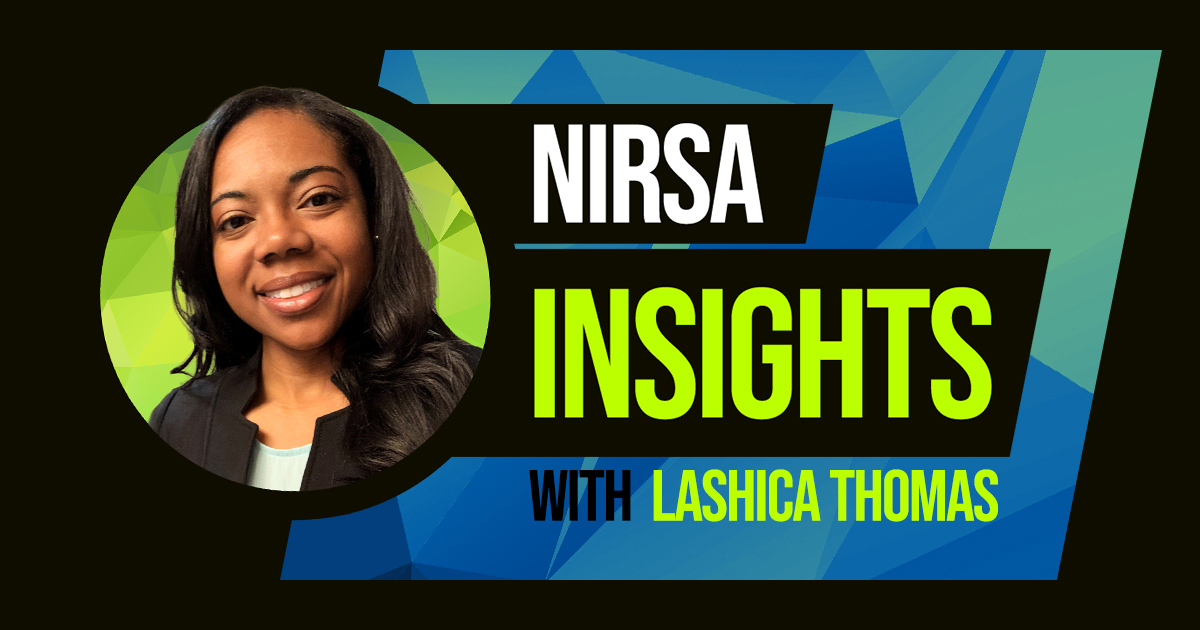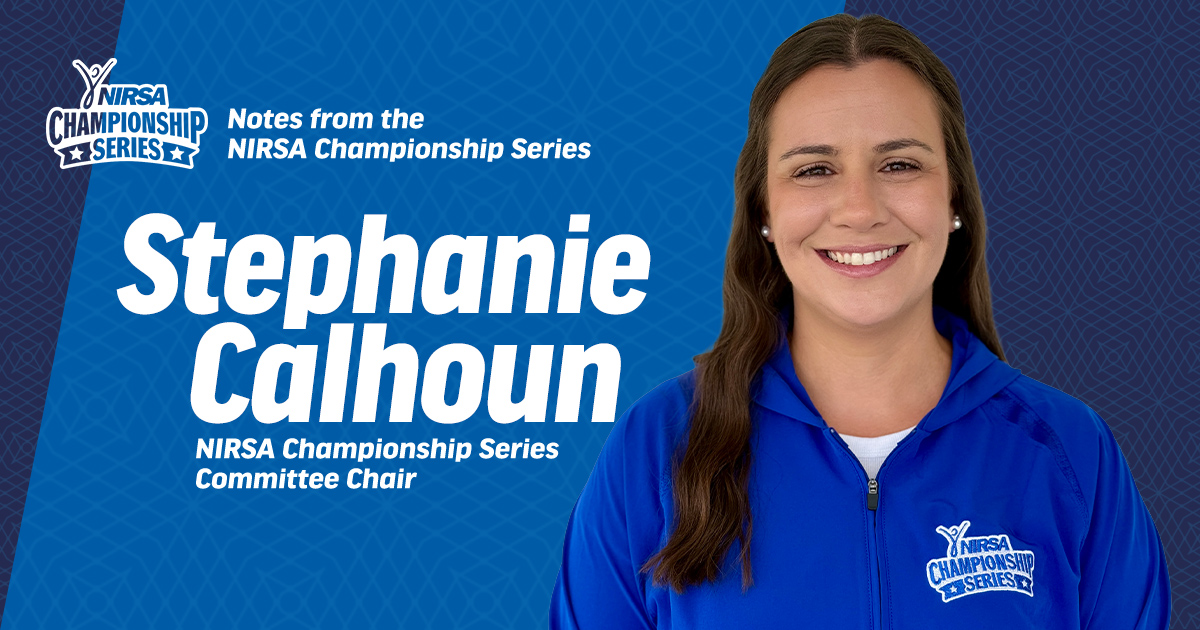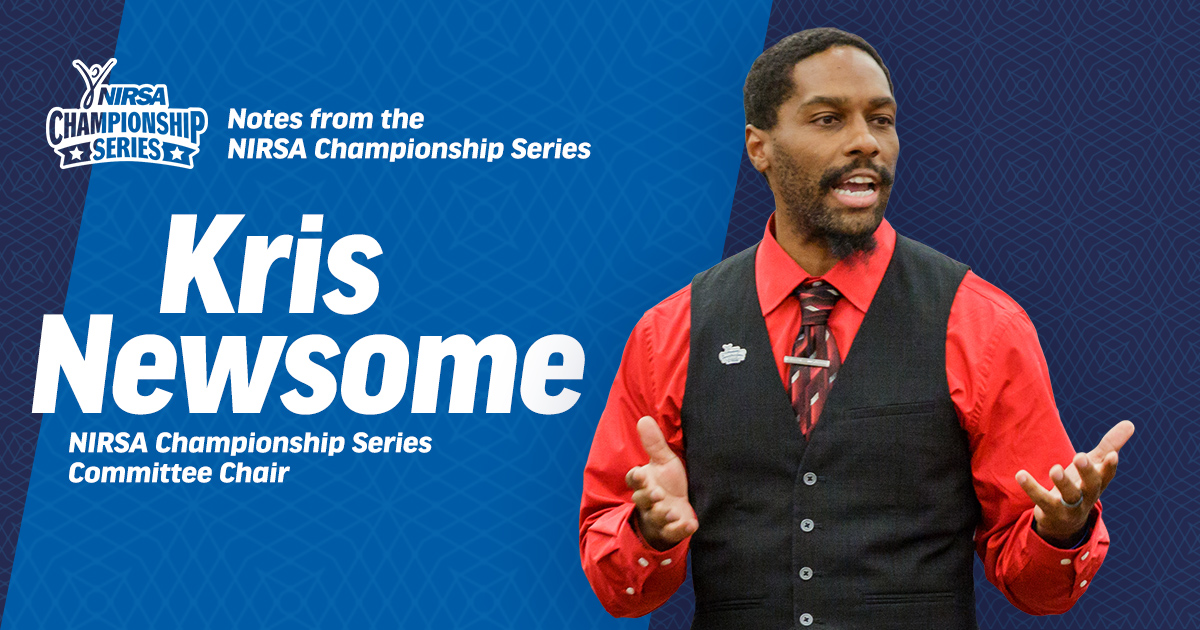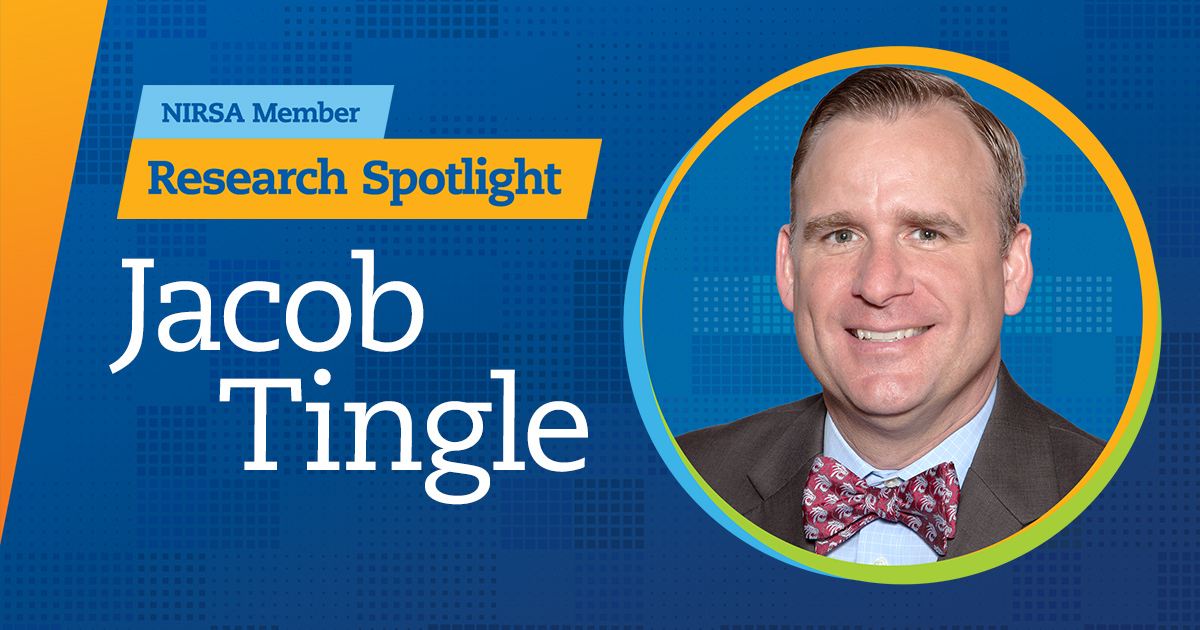“This is what healthy looks like.” A magazine cover stares back at me—normally accompanied by the frozen smiles of perfectly toned figures. You know, “beautiful people.” But this time it’s different. Behind those words are three people, three sizes, three races, three shapes, three smiles that make me smile too. “Healthy and happy”—I am still defining these words.
“Beautiful is not how you look on the outside. Beautiful is about what you’re made of. Beautiful people spend time discovering what their idea of beauty is on this earth.” – Glennon Doyle
My background is in exercise science where a narrow perspective on health affects our training. Every eager bunch of aspiring professionals absorbs messages surrounded in confining numbers. Anyone who steps outside of those specified ranges is deemed unhealthy. We’re trained to scan bodies, determine their health and—in some ways—their value based on an outdated scale made by people who have never lived in those bodies. We’re taught that everyone wants to be healthy, that anyone who doesn’t is just lazy.
The books prepare us to fight a war for our wellbeing, and what could be more noble than that? I charged the mountain with weapons in hand: A toxically positive and an overly simplified message about health. Everyone is different and what works for one person will not work for another. That is inclusive wellbeing. What I didn’t initially understand is that I was still operating under the assumption that everyone still wanted to reach “healthy,” a term that I was still narrowly defining.
I was sitting with a group of various health professionals when the topic of body positivity arose. This was one of my first times hearing the term. We should love our bodies. We exercise and eat well because we love them, right? Then someone said, “Body positivity desensitizes us to the obesity crisis. We don’t want to teach kids that it’s ok to be fat.” Hold up, wait a minute. My mind was unwilling and unable to compute how this message aligned with the core of what I have been preaching, but suddenly everything felt so wrong.
Yes, youth obesity is a serious problem we are facing, but is shaming the best way to fix that? Is attaching someone’s weight to their self-worth, and telling them “If you get a lower number on the scale, you’ll get a higher number in society” the message I want to send to anyone? Can we still love ourselves while changing our minds, bodies, and perspectives? I felt like the Grinch puzzled atop my mountain of self-importance. Maybe being healthy means a little bit more than what I initially thought.
Those in charge write history, and it is up to each generation to change history for the better. It is our job as health professionals to question the systems at play and how they are failing so many so that we may do better. If we want to teach these concepts, we must define them for ourselves first. So, what does health mean to me? A constantly changing state of physical, mental, emotional, social, and environmental wellbeing. None of that can be entirely captured in a number or picture, but by each of us choosing ourselves.
“The most important relationship is the one you have with yourself” – Diane Von Furstenberg
In this month dedicated to love I implore you to love yourself in all your forms because that is how you push back against a society that has pushed you into a box. There is no linear path, no end goal. We come into our power when we come into ourselves. Think about it. No one else has been through what you have and come out the other side the way you have. No one lives in the same skin as you. Everyone talks about wanting to be the 1st in something. Well, every step you take is like a 1st step on the moon because no one else does it like you.
“Life doesn’t have to perfect to be beautiful… and neither do you” – Anonymous
I do believe our consumption culture is detrimental to our wellbeing, but so is diet culture, grind culture and any idea that creates such an all-or-nothing paradigm when too many people are stuck in the in-between. Let’s keep having these discussions so that one day the messages we share about health will be more encompassing and understanding. Exercise is just as important as self-reflection which is just as important as open communication because all practices that support our wellness spectrum are equally valued. Think of your younger self and how much you would have benefitted from that kind of messaging.
I see her. The little girl in her boyish frame, having told herself moments ago that she looks closer to two parallel lines than any “hourglass” shape, staring at that magazine cover then staring at her body. Shoulders lifted she is smiling out the words “This is what healthy looks like.”
Tanika Santos MacSwain, is currently the Fitness Coordinator at Virginia Commonwealth University; you can email her at santosmacst@vcu.edu.






